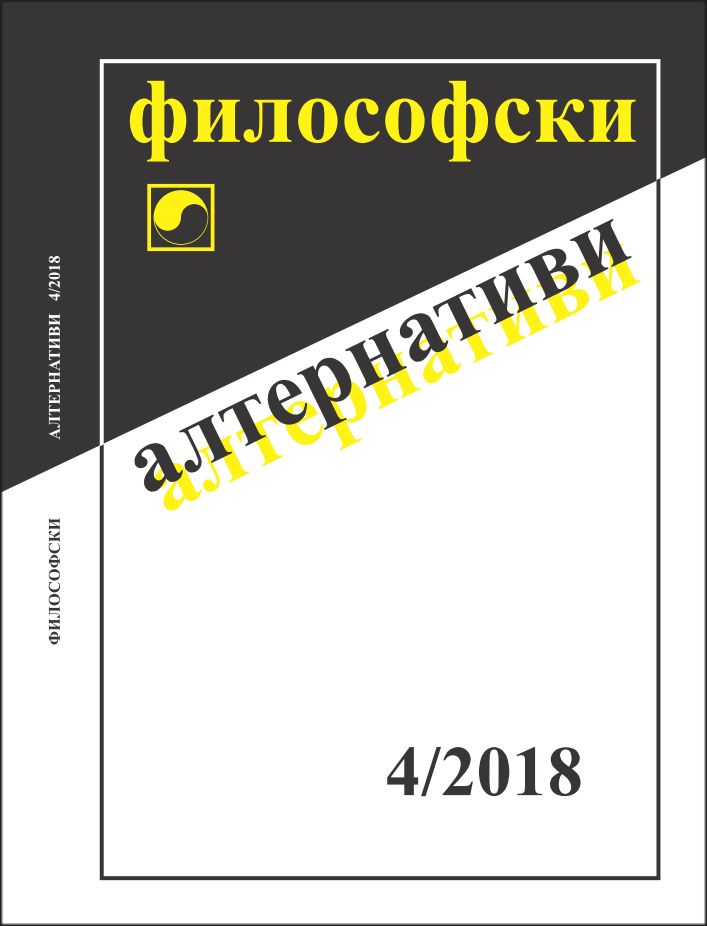Изкуство в епохата на обектите или защо въпросът „Кой вижда изкуството?“ е подобен на въпросът „Кой вижда съзнанието?“
Art in the Age of Objects, or Why the Question “Who Sees Art?” is Like the Question “Who Sees Consciousness?"
Author(s): Peter TzanevSubject(s): Aesthetics, Psychoanalysis, Sociology of Culture, Sociology of Art
Published by: Институт по философия и социология при БАН
Keywords: representations of consciousness in art; object-oriented ontology; art as a hyperobject;
Summary/Abstract: The idea of art as a representation of the soul was followed by the idea of art as a representation of consciousness, which becomes a fundamental prototype of the infinite nature of the work of art. This is a process that began with Romanticism but found its ultimate expression in the invention of abstraction. The pursuit of higher forms of consciousness became the ultimate goal of modern art. The idea of “pure abstraction” and the invention of the “White Cube” institute are the ideal modern structures and spaces that represent the absolute models of consciousness. Historically, the greatest innovations in 20th-century art were related to the discovery of abstraction and the object. These two genres continue to dictate the development of art in the first two decades of the 21st century. The object became a main genre of Dadaism, Surrealism, New Realism, Neo-Dadaism, Pop Art, Minimalism and Conceptual Art. The post-conceptual state of art is focused on the possibility of creating “objects” that can only be talked about at the level of art. The contemporary autonomy of art objects within the realm of objects not defined as art increasingly depends on their potential as objects. In object-oriented ontology, retaining the objects of art in the reality of the objects is associated with overcoming all possible connections – a phenomenon that this ontology defines as “withdrawal”. The main thesis of the article is that at present, we exist within the objects of art. Art is a tool which we cannot exit. Consciousness of art as an object is both a phenomenal experience and a hyperobject. The existence of art as a hyperobject means that it is impossible to reach its main ontological boundaries. Under the contemporary state of art as a hyperobject, we can only interact with fragments of art, and any understanding of its unified reality always remains speculative.
Journal: Философски алтернативи
- Issue Year: XXVII/2018
- Issue No: 4
- Page Range: 68-78
- Page Count: 11
- Language: English, Bulgarian
- Content File-PDF

